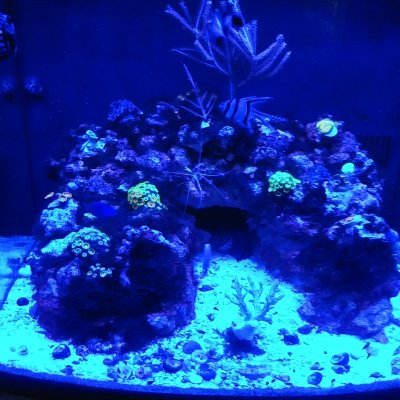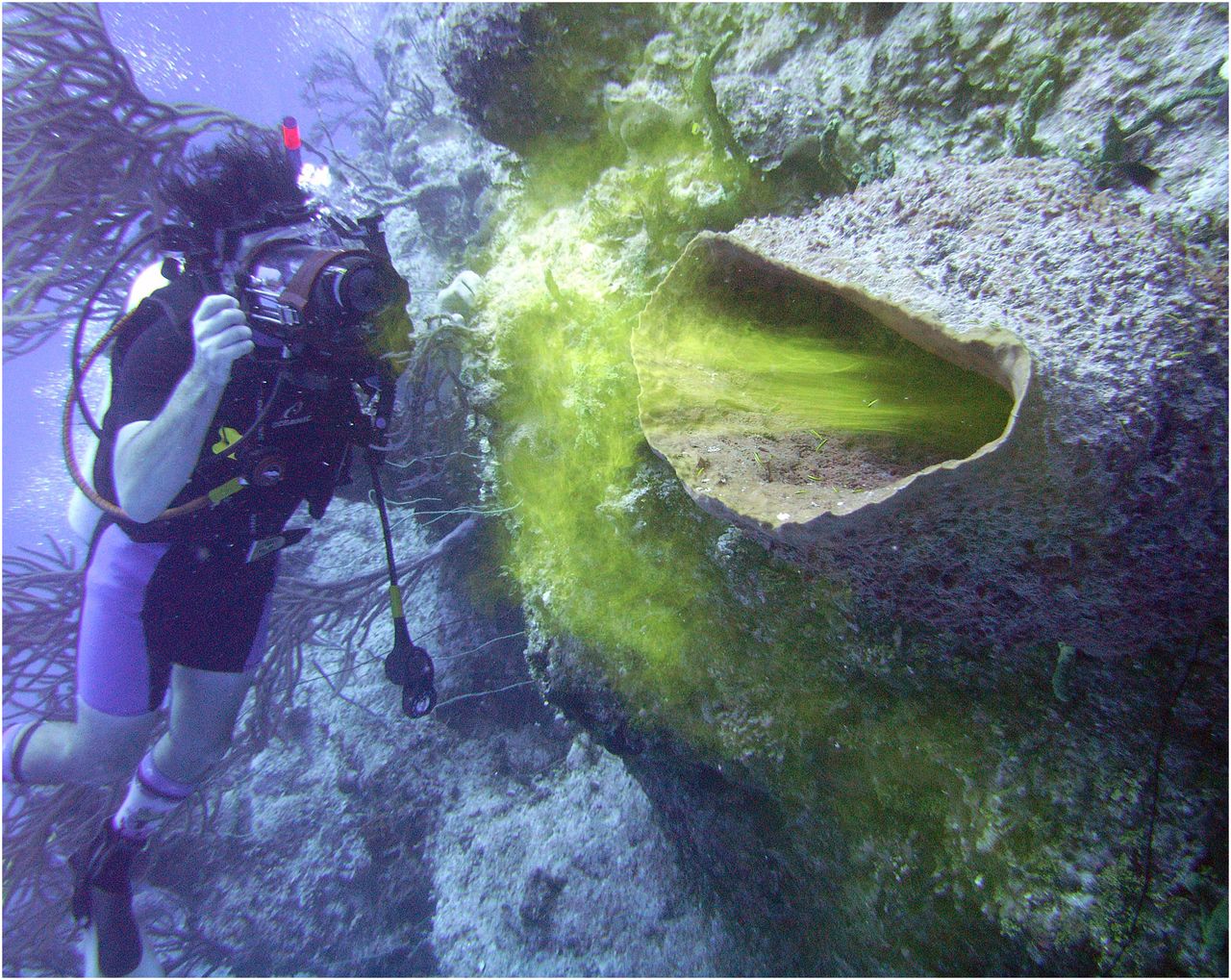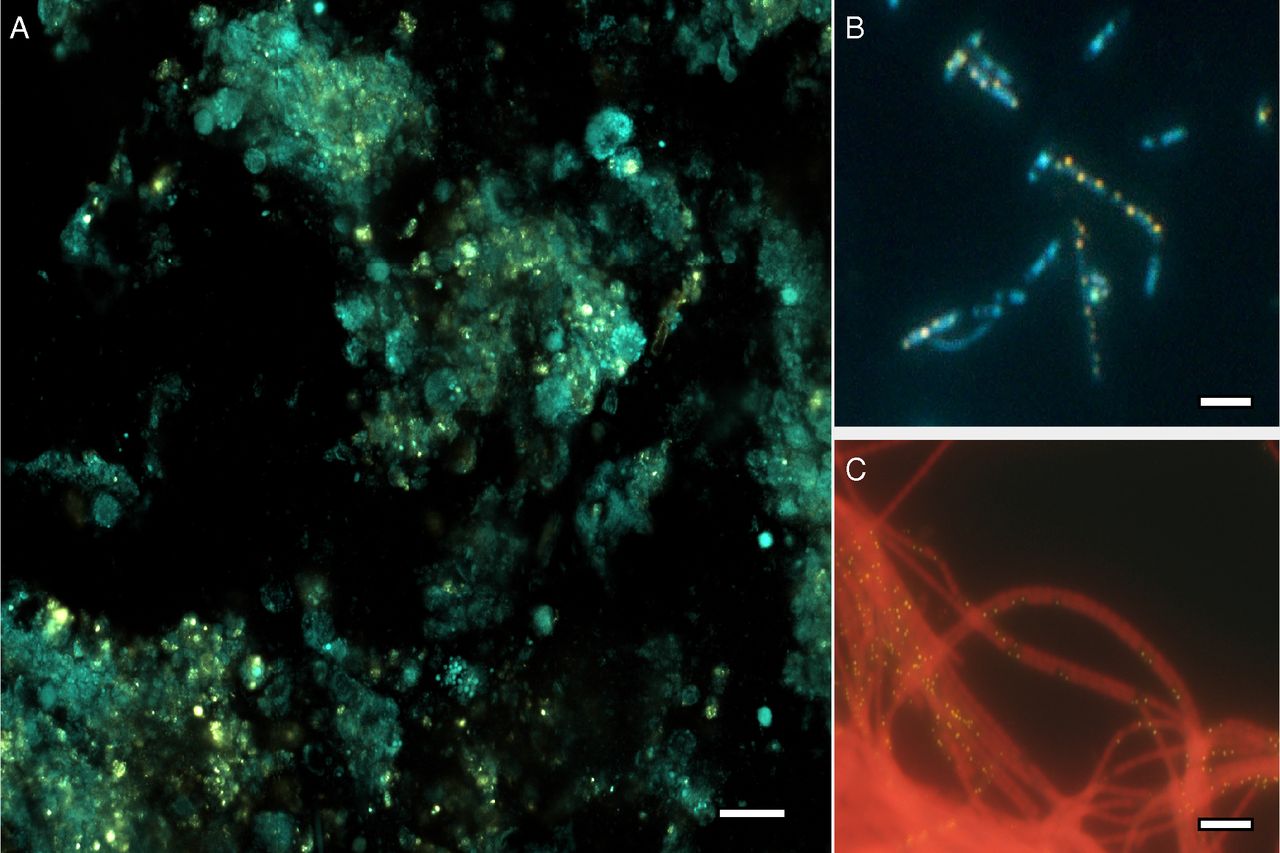In order for a cryptic zone/sponges to keep up with a skimmer - they need to keep consuming nutrients - which means they need to keep growing. IE - its a weird dark refugium. Either volume needs to keep expanding, or you need to be harvesting.
Most of us don't have the space for an enormous ever expanding cryptic fuge - and 'harvesting' sponges is riskier than harvesting chaeto.
Most of us don't have the space for an enormous ever expanding cryptic fuge - and 'harvesting' sponges is riskier than harvesting chaeto.
























